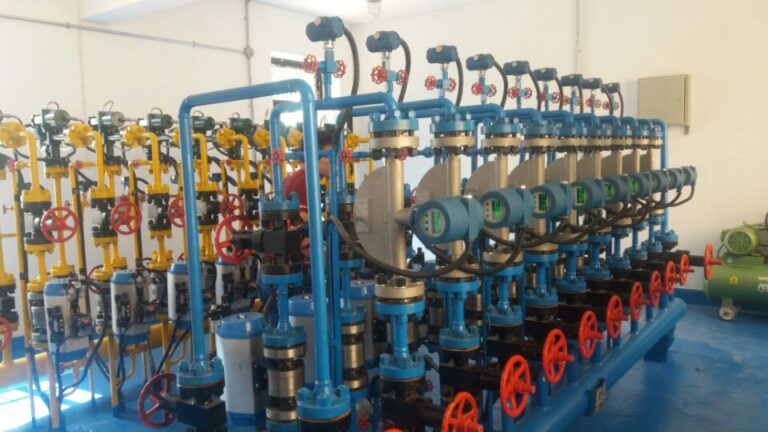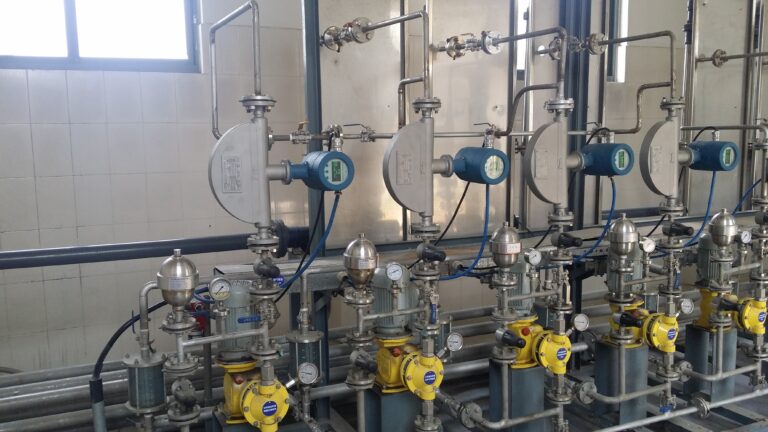The sensitivity of an instrument refers to the sensitivity of the instrument’s response to changes in the measured parameter, or the degree of amplification of the output of the measured parameter change.
Sensitivity can be expressed as: Sensitivity (should be ε) = response change / measured change. It can be seen that sensitivity is actually the degree to which the instrument responds to the measured parameter.
When we usually talk about high sensitivity, simply put, the instrument can correctly respond to a small change. For example: a floor scale and a balance.
If you put 1 kilogram on the floor scale, there is no response, but if you put 1 gram on the balance, the response is very strong. We say that the balance has high sensitivity in terms of weighing.

Normally, within the linear range of the pressure transmitter, the higher the sensitivity of the transmitter, the better. Because only when the sensitivity is high, the value of the output signal corresponding to the measured change is relatively large, which is conducive to signal processing.
However, it should be noted that the pressure transmitter has a high sensitivity, and external noise that is not related to the measured value is also easy to mix in, and will also be amplified by the amplification system, affecting the measurement accuracy.
Therefore, the pressure transmitter itself should have a high signal-to-noise ratio to minimize the interference signals introduced from the outside world.

Due to the performance of the material of the detection element and the performance of the electronic components, as well as environmental factors, in actual applications, some instruments cannot have linear sensitivity throughout the entire range.
Even for the same type of instrument, different models have different sensitivities. When designing and selecting, we cannot blindly pursue instruments with high sensitivity.
Instruments with high sensitivity are expensive, so we must consider comprehensively when selecting instruments, and consider instruments with sufficient sensitivity while ensuring that they can meet production requirements.
